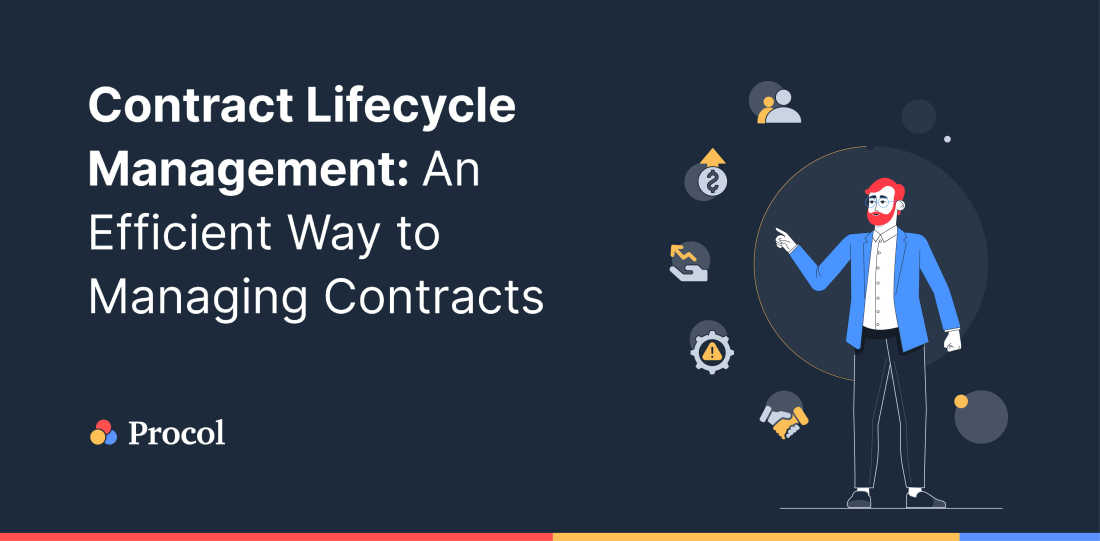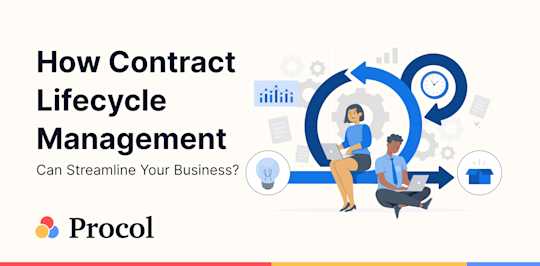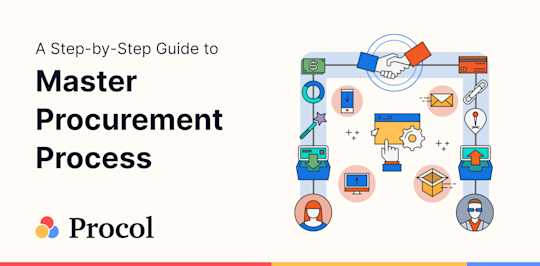Contract Lifecycle Management: An Efficient Way to Managing Contracts

Introduction
Contracts are an essential source of revenue for many companies. They also provide business strategy and help businesses stay on top of their competitors by providing them leeway to make quick decisions. Hence, contract management is essential for any company.
Contract lifecycle management (CLM) is the ability to manage, track, and efficiently fulfil contracts. It involves identifying opportunities, defining the contracts’ scope of work, and planning and executing the contract process with appropriate stakeholders, including managers, suppliers, and team members.
What is Contract Lifecycle Management?
Contract lifecycle management is the process of writing, reviewing, signing, and carrying out a contract. With the “lifecycle” model, you can see how a contract changes over time. It starts with requests and completes when all demands are met. Mentioned below are the steps for contract lifecycle:
1. Requests
During this first stage of a contract’s life, the parties may collect necessary information on the contract’s creation, modification, renewal, etc. How a request is handled may significantly impact how quickly or slowly a contract is completed.
2. Authoring
At this step, which is sometimes called “contract writing,” the parties put the terms of the agreement in writing to make them official. This means putting together information like the standard parts of the deal, important dates, and the parties involved.
3. Negotiations
During this step, the parties negotiate the previously established terms. Conditions agreed upon through back-and-forth consultation and redlining shed light on the hopes and fears of all parties.
4. Approvals
Everyone takes part in a review. When setting parameters, compliance, requirements, contractual duties, and other conditions specific to the contract are all considered. A healthy contract approval process needs a list of contract changes that are easy to find and up to date. So, for contract lifecycle management to work well, contract management software must keep a record of the audit trail.

5. Signatures
When a CEO or other high-ranking official signs a contract, it becomes a legal agreement. In our increasingly mobile world, manual signatures take too much time and are inefficient. But platforms that offer electronic signature software that is easy to use and looks to the future make it possible to sign contracts quickly and easily.
6. Obligations
Each party acknowledges and accepts their responsibilities under the terms of the agreement and agrees to provide the agreed-upon goods or services within the periods specified and to be paid in the manner and manner specified.
7. Compliance
Parties to a contract agree to follow all applicable laws, rules, and industry standards while doing their jobs. Effective compliance management can help cut down on late fees, lawsuits, and bottlenecks and set the stage for future agreements.
8. Renewals
All parties look at deals again, renegotiate, and look for more opportunities. According to a study, best-in-class organisations renew 56% of their contracts yearly.
Benefits of Contact Lifecycle Management
Manually handling contracts may lead to disorder, lost resources, and inadequate product delivery. According to current estimates, 65%-70% of firms do not have efficient contract management systems. Best-in-class companies understand the value of contract management and use Contact Lifecycle Management (CLM) to uncover opportunities and minimise inefficiencies. Here are the benefits of deploying CLM:
* Risk-free
KPMG Survey found that poor contract governance might result in a 40% loss of contract value. CLM cuts down on both internal and external risks. It needs the most up-to-date terms, conditions, rules, policies, and violations. CLM can help you find high-risk suppliers to respond correctly to natural disasters, political instability, economic uncertainty, et al.
* Streamlines the Process
Contract lifecycle management simplifies contract generation, writing, and negotiation. CLM creates a single repository for contracts, standardising legal and compliance language, automating approvals, and using e-sign.
* Increases Financial Stability
CLM boosts profits in several ways. Streamlining the processes simplifies collecting the legally right amount from consumers quickly. CLM tracks vendor contracts to eliminate unnecessary renewals.
* Increase Efficiency & Production
World CC (World Commerce & Contracting) estimates that 9.2% of net profits are lost due to inefficient contracting procedures. CLM provides built-in auto-reminders and other features to schedule alerts of significant contract milestones, such as renewals, terminating contracts, and compliance problems like insurance certificates.
* Scalability
With the increased expansion, there are more contracts to oversee. Manual contract management will lead to paperwork overload and errors. Implementing contract lifecycle management will help you manage contract volume and complexity.
How to Improve Contract Lifecycle Management?
* Track Your Documents Everyday
Contracts have different dates, clauses, and expenses. Shared files, emails, and spreadsheets lack visibility. This is important if you want to meet all deadlines, follow all rules, and use the most up-to-date copies of paperwork. Research shows that 26% of lawyers who keep their contracts in more than one place forget to renew at least one every year. Centralising contract operations stops accidental renewals and deadlines from being missed.
* Use Customised Reports
Customised reports show how you create, negotiate, execute, and manage contracts. It lets you see processes and risks in real time. The analytics features of procurement software show how well you worked on the contract, how fast you moved it through the pipeline, and how quickly you made changes. Custom reports let you look at the performance of the company and team and improve operations.
* Automate Your System
Automation is a great way to do CLM. Many companies still do redlining and approvals by hand, which requires emails, spreadsheets, and many different versions of contracts. It would be much faster to get the information from a previous contract than to enter and check each new one.
Conclusion
Contract lifecycle management depends on automation, openness, and teamwork. Companies that still use spreadsheets and emails to keep track of their contracts, risks, and relationships are falling behind the competition and could soon be in trouble. Using a CLM system is a natural step toward improving how you do things.
Procol offers an efficient and innovative scalable procurement solution that has reduced costs and increased efficiency for many businesses. Schedule a demo to see how well it can meet your company’s purchasing needs.
Get a Free Demo
We'd love to hear from you. Please fill out this form to schedule a demo with us. You can also give a call on +91 76666 82222



